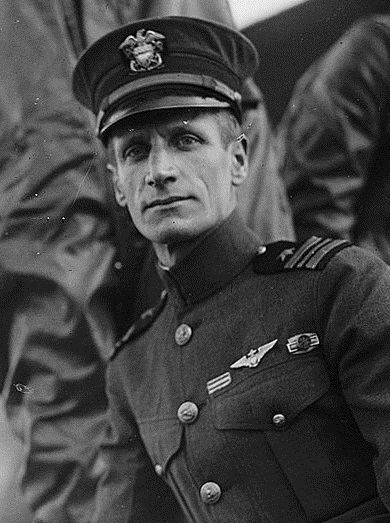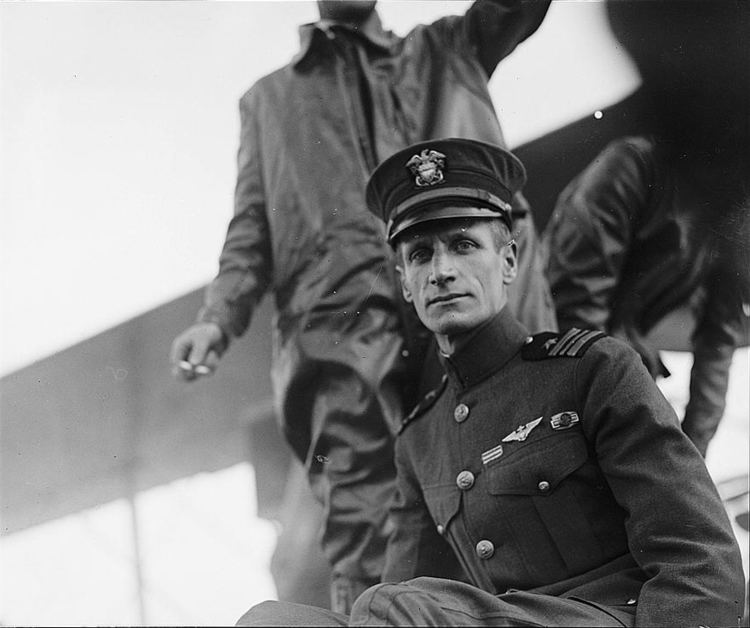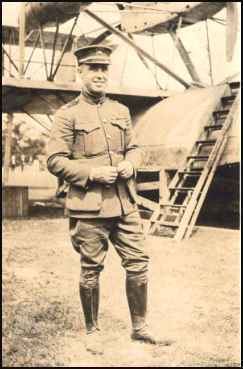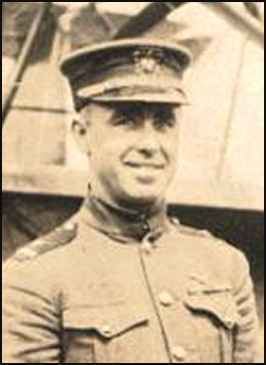Role Aviator Name Albert Read | Rank Rear Admiral Years of service 1907 - 1946 | |
 | ||
Born March 29, 1887Lyme, New Hampshire ( 1887-03-29 ) Allegiance United States of America Battles/wars World War IWorld War II Died October 10, 1967, Florida, United States Books The Triumph of the N. C.'s Awards Distinguished Service Medal, Legion of Merit, NC-4 Medal | ||
Difilm first transatlantic flight by albert cushing read 1919
Albert Cushing Read, Sr. (April 29, 1887 – October 10, 1967) was an aviator and Rear Admiral in the United States Navy. He made the first transatlantic flight in the NC-4 Curtiss flying boat.
Contents

Biography

Read was born in Lyme, New Hampshire on April 29, 1887 into a Boston Brahmin family. He attended the United States Naval Academy at Annapolis, graduating in the class of 1907. In 1915, he was designated naval aviator number 24.

As a Lieutenant Commander in May 1919, Read commanded a crew of five on the NC-4 Curtiss flying boat, the first aircraft ever to make a transatlantic flight, a couple of weeks before Alcock and Brown's non-stop flight, and eight years before Charles Lindbergh's solo, non-stop flight. Read's flight started from Rockaway Beach, Long Island, took 23 days before arriving in Plymouth, England. The six stops included layovers at Trepassey Bay, Newfoundland, the Azores, and Lisbon, Portugal.

Later in 1919, upon returning to the U.S., Read predicted: "It soon will be possible to drive an airplane around the world at a height of 60,000 feet and 1,000 miles per hour." The next day, The New York Times ran an editorial in reaction, stating: "It is one thing to be a qualified aviator, and quite another to be a qualified prophet. Nothing now known supports the Lieutenant Commander’s forecast. An airplane at the height of 60,000 feet would be whirling its propellers in a vacuum, and no aviator could live long in the freezing cold of interstellar space."

In 1929, Read and the rest of the flight crew of NC-4 were awarded Congressional Gold Medals.
Read trained naval aviators through World War II. He was nicknamed "Putty Read" because his face rarely showed any emotion.
On June 4, 1962, he appeared on the TV game show I've Got a Secret.
He died in retirement in Coconut Grove, Florida in October 10, 1967. He was buried in Arlington National Cemetery. He is survived by his grandson James Marsh Cunningham and his great-granddaughter Julia Elizabeth Cunningham.
Awards
Media
He appeared on I've Got a Secret on June 4, 1962. Rear Adm. Albert Cushing Reed, Ret., Miami: “I commanded the first airplane to fly the Atlantic Ocean in 1919.”
